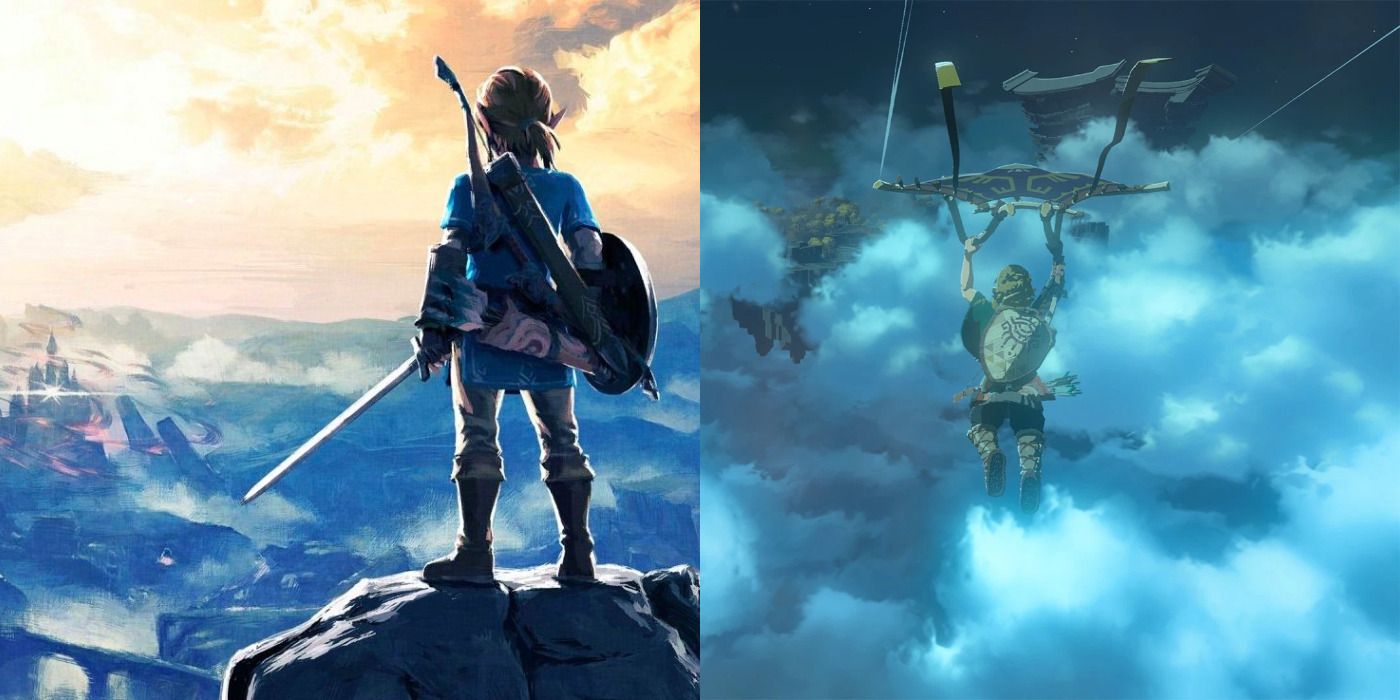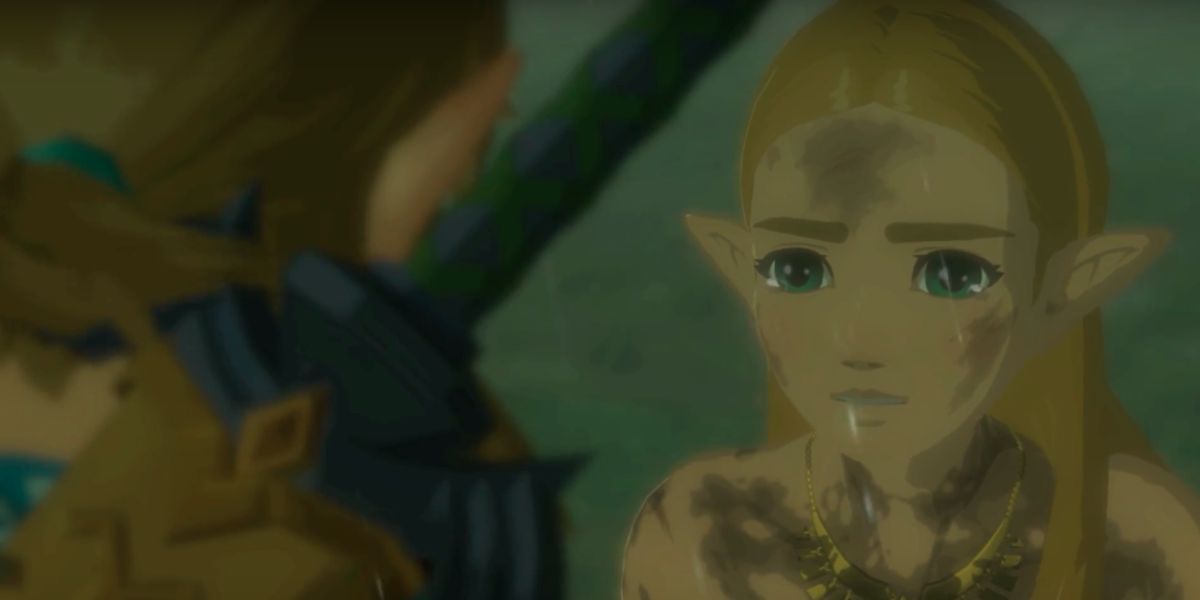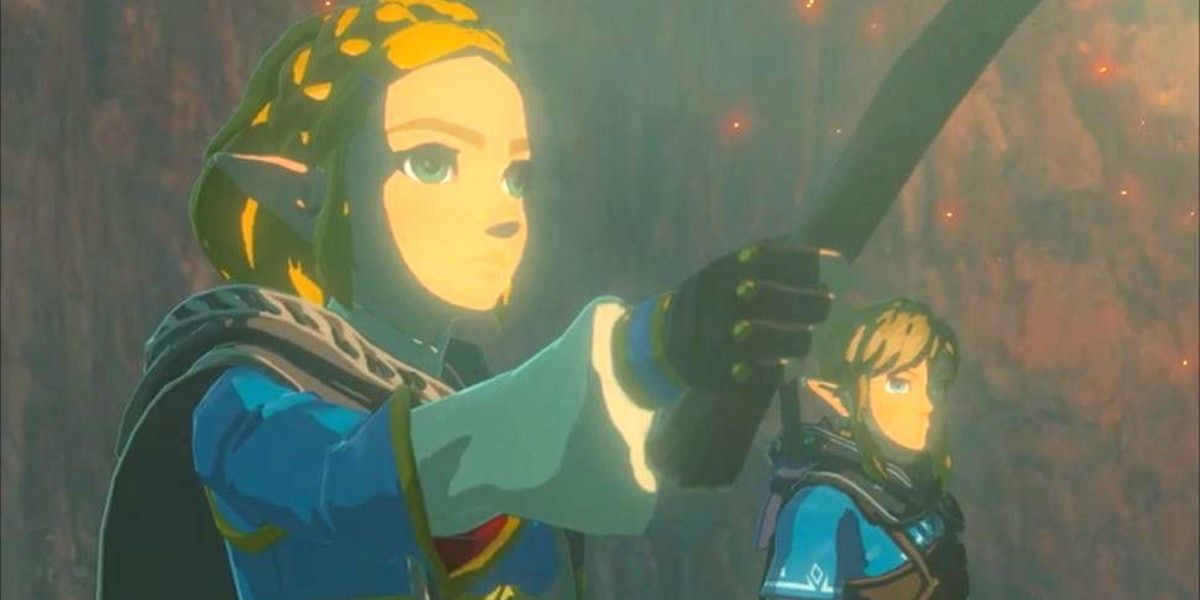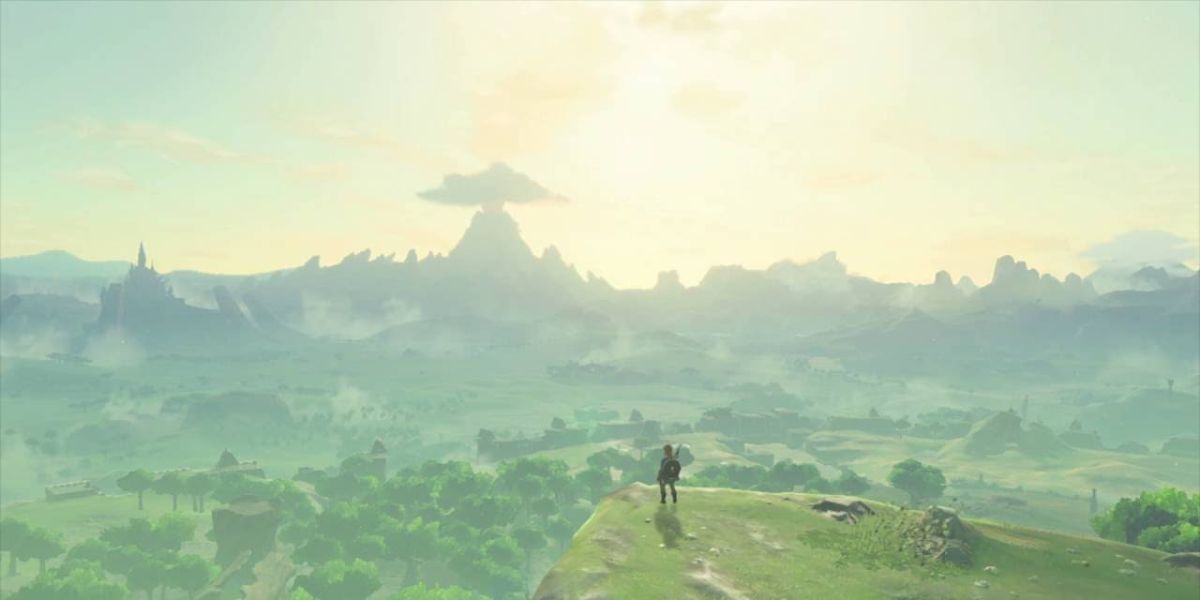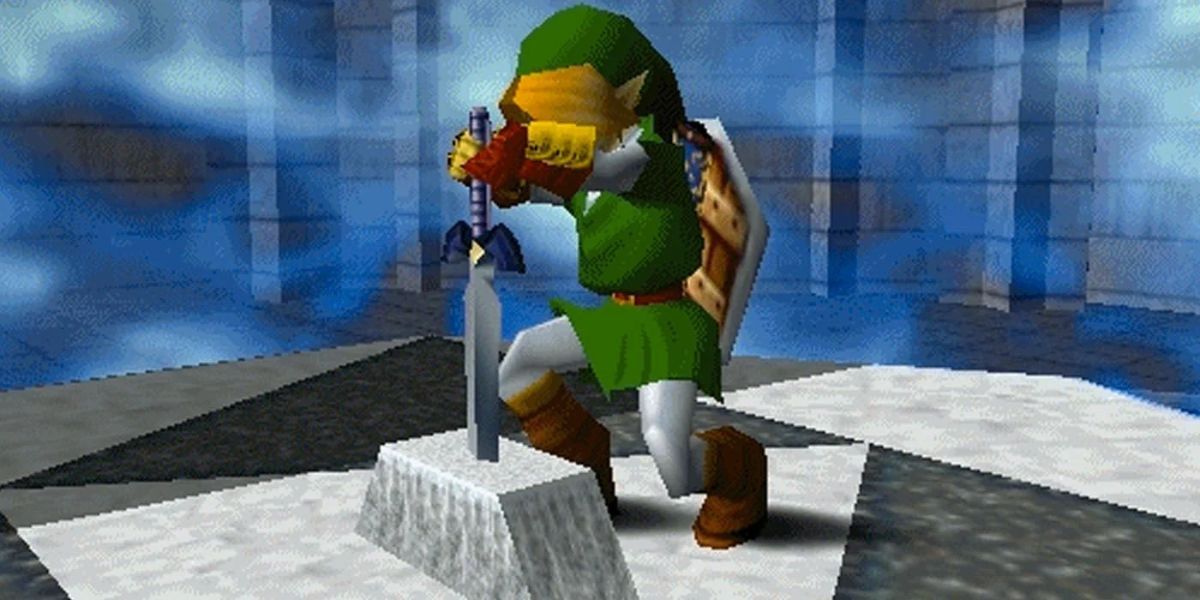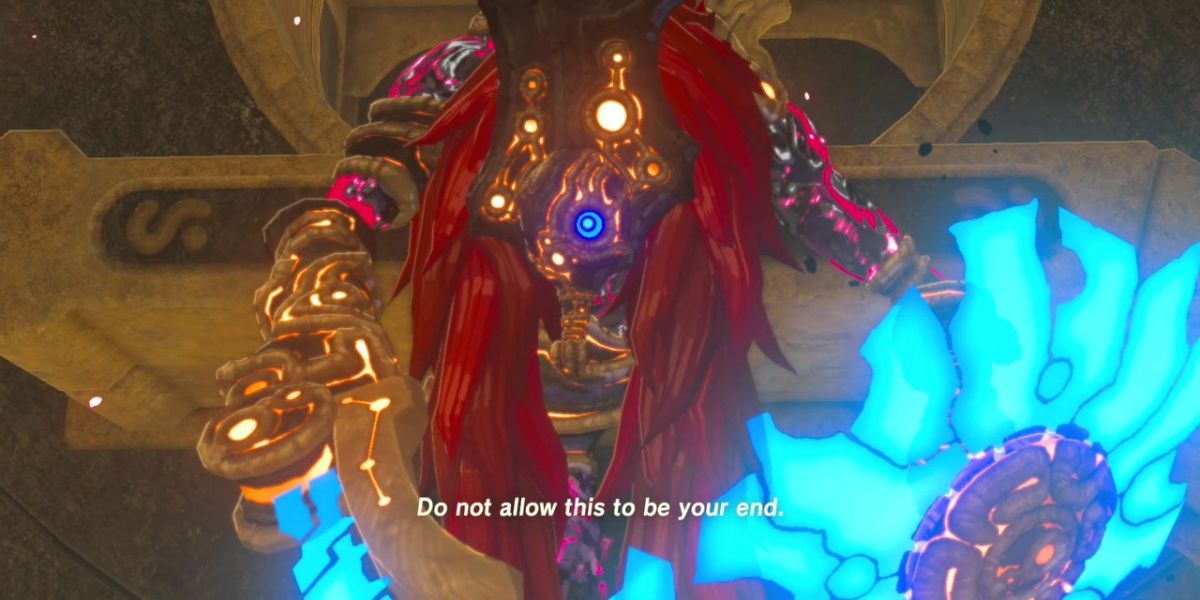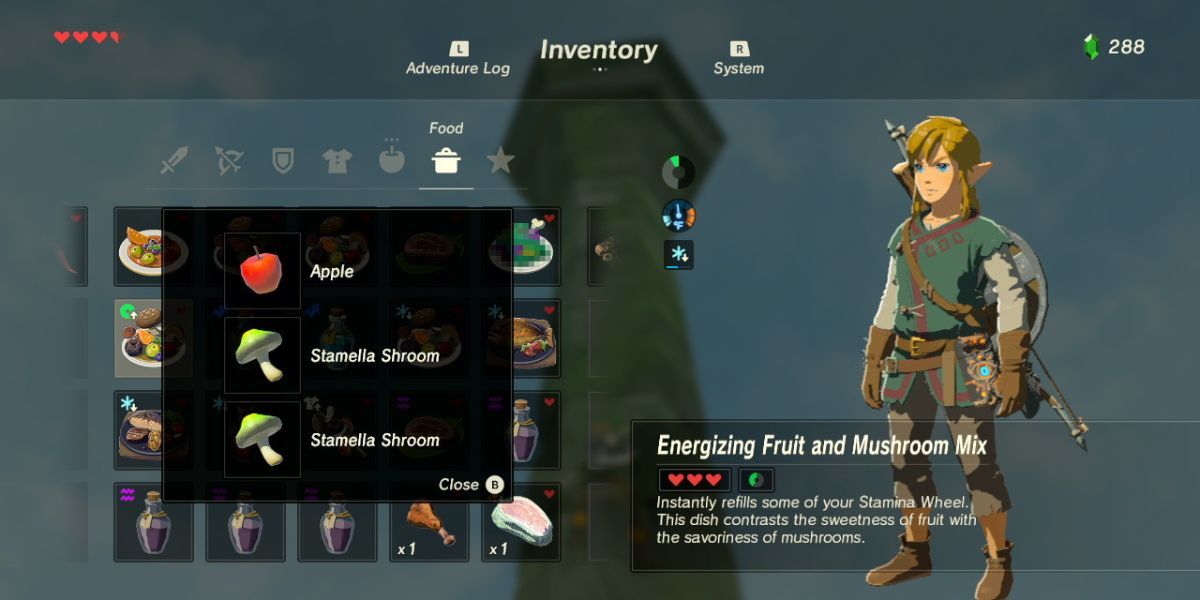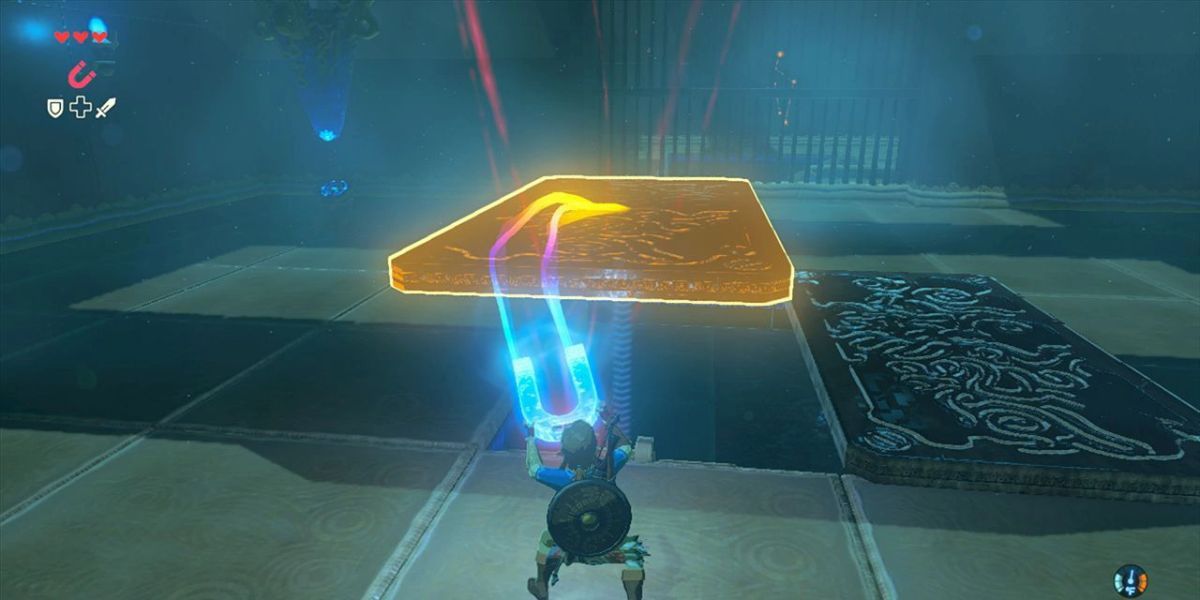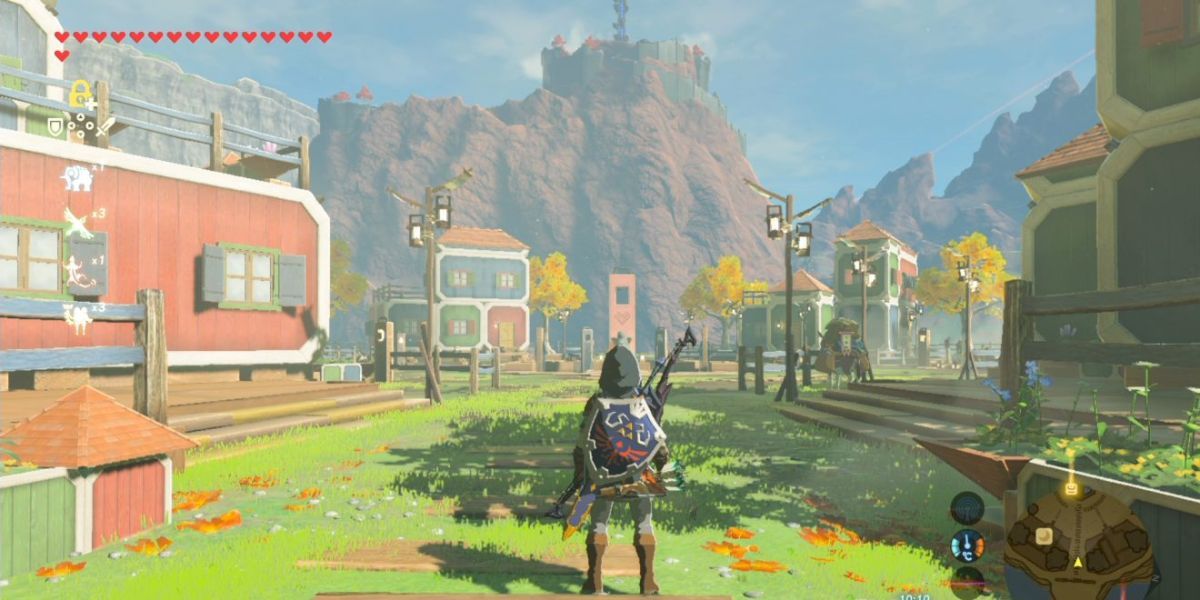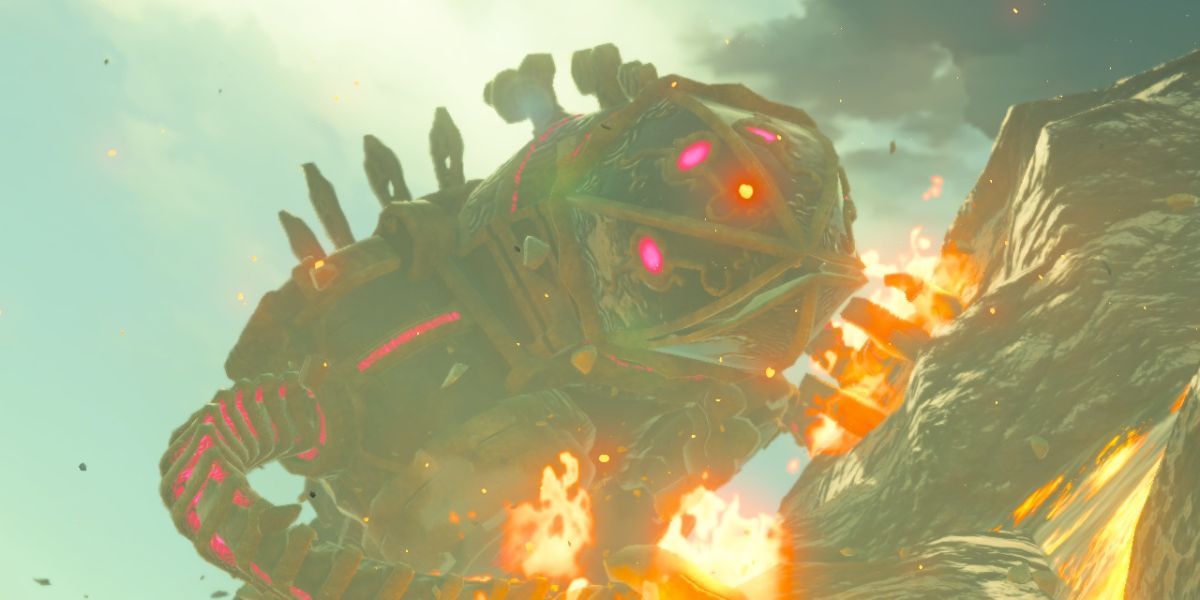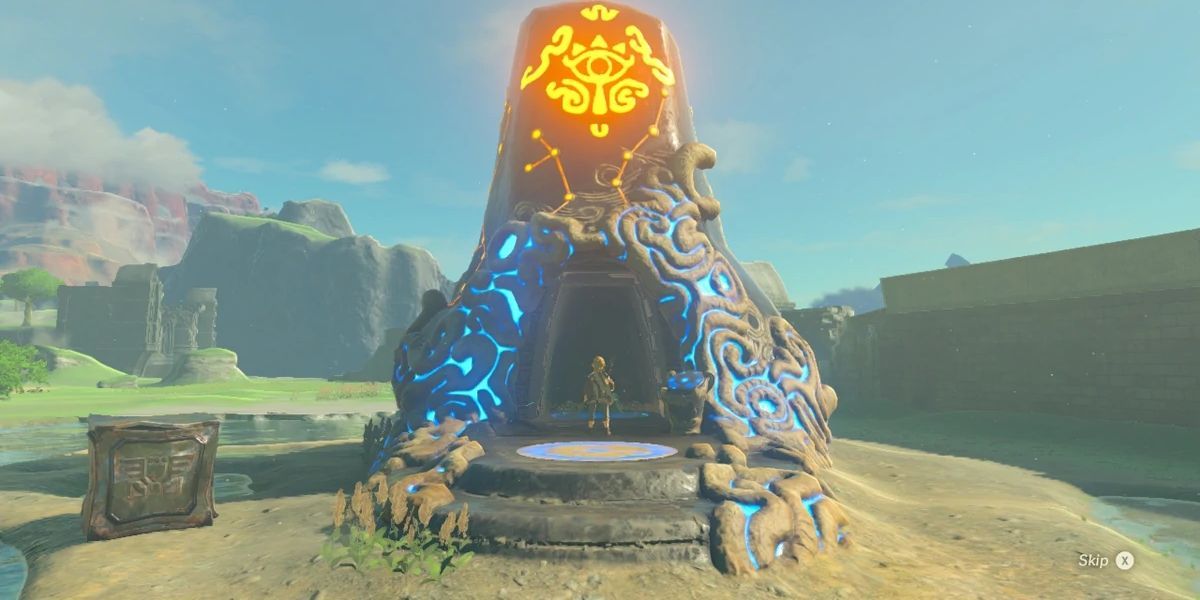The latest (and perhaps greatest?) entry in Nintendo's venerable Legend of Zelda series, Breath of the Wild, shattered sales expectations and almost singlehandedly staked out the Switch as a must-have console. The game made such waves that the gaming world could barely contain their excitement: players heralded the title as a contender for the all-time best Zelda title and a frontrunner for the greatest open-world game ever made.
With a legacy like that, it will be difficult for Breath of the Wild 2 to live up to its predecessor. But the task, while difficult, certainly will not be impossible. Can Nintendo make history again by improving on an already critically acclaimed title?
A More Dramatic Story
The original Breath of the Wild introduced the player to a compelling cast of heroes, the most interesting of whom are the characters who perished during the battle with Ganon 100 years prior to the events of the game. Discovering their stories through dialogue and memory adds a melancholic tone to the game, giving it a unique atmosphere among Zelda titles.
Going forward, though, Breath of the Wild 2 needs to up the stakes of its narrative. With Ganon sealed away once again at the end of the original game, it only makes sense that the threat facing Hyrule in the sequel will need to be a more immediate menace.
Playable Zelda?
Ever since the first trailer for Breath of the Wild 2 dropped, the apparent close collaboration between Zelda and Link led fans to speculate desperately as to whether or not Zelda would somehow be a playable character in the sequel. While it's unclear how exactly such a feature would be implemented, it's hard not to get excited at the possibility.
Perhaps Zelda would have unique abilities and tools that allow her to access areas that Link cannot? Maybe she could be some kind of A.I. companion in combat, gathering, and puzzle-solving? Or, perhaps most drastically, she could be evidence of a cooperative multiplayer feature? Only time will tell, but it's certainly fun to imagine.
A More Prominent Soundtrack
Breath of the Wild's soundtrack is deliberately understated. Minimalist piano tracks make up the bulk of what the player will hear while exploring the game's overworld, perhaps to bring the environmental noises to the forefront, and perhaps because a grander score wouldn't exactly fit the setting of a ruined Hyrule.
Going forward though, it seems to make sense to begin returning to the more bombastic tunes of older Zeldas. The first trailer for Breath of the Wild 2 suggested a more grim tone with its undead menace, and the second a more heroic one with Link soaring through the sky, both of which seem to demand a more active soundscape.
Stronger Progression Elements
Zelda games from before Breath of the Wild were remarkably well-paced, always giving the player a new tool, ability, or power-up at just the right time to keep the game interesting. This ensured that each successive dungeon or boss fight had a sense of novelty to it because the levels and combat encounters would typically be designed around the new tool the player had acquired.
Breath of the Wild's open-ended structure undermined this tendency somewhat -- if the player can access every area of the game from the beginning, then it's difficult to implement new design elements because every challenge needs to be solvable with the tools the player gets at the beginning. It will be challenging, but if Breath of the Wild 2 can preserve the freedom of the original game while staying true to the feeling of progression from older Zeldas, then it will surely be a classic for the ages.
Better Boss Fights
Although the original Breath of the Wild excelled at leveraging the environment in combat during overworld battles, those systems didn't come through quite as well during the boss fights the player would come across at the end of the divine beast "dungeons". Although the elemental bosses the player challenged in those areas were visually impressive, they generally boiled down to "hit it until the health bar is zero", which is a bit of a step down from the puzzle box bosses of previous Zeldas.
Breath of the Wild 2 can improve on the original by amping up the variety associated with these boss fights, be that through the tools and tactics needed to take them down, or the settings that they take place in.
Double Down On The RPG Elements
Breath of the Wild is without a doubt the most "RPG-like" of any entry in the series. With equipment that confers stat bonuses, upgrade paths, and potions that can buff Link's attributes, the character progression mechanics are far more nuanced in Breath of the Wild than in any preceding title.
And, happily, they mesh excellently with the more open-ended structure of the latest game. Forcing the player to scavenge their environment for the components they need to upgrade their character before a difficult puzzle or combat encounter is an excellent way to make them engage with the game world, so Breath of the Wild 2 should increase the stats, upgrades, and bonuses that Link can get his hands on in the new game.
More Tools And Powers
Breath of the Wild had a somewhat limited toolset compared to its predecessors, but it made up for the relative lack of options by ensuring that each power interacted with the world in incalculable nuanced ways. That players are still discovering new ways to use the Breath of the Wild toolset even today is a testament to the depth of the design philosophy.
Still, that doesn't mean that more powers wouldn't work. After all, if implemented well, that only means more variety in puzzles and overworld challenges. Happily, it seems that Breath of the Wild 2 is taking steps in this direction: judging by the E3 trailer, it seems that Link now has access to some sort of time-reversal ability, which we hope is the first of many.
A Denser Overworld
Breath of the Wild lives up to its title by being set mostly in the wilderness. That makes sense for the setting, as well: it's only logical that civilization's recovery would be slow just 100 years after the calamity struck. But, depending on how long after Breath of the Wild the sequel takes place, Nintendo will have a wider range of options to work with when populating the overworld.
This is a fairly simple upgrade to make, too: simply put more stuff on the map. Fortunately, it already seems like Nintendo is taking steps in that direction by allowing the player to traverse the sky over Hyrule. This is sure to add a lot of variety to the game's exploration, which means that the sequel has a chance to be as good as, if not surpass the original.
Expansive Dungeons
The Zelda games before Breath of the Wild employed dungeons as their primary avenue of progression: the player would prepare by gaining new abilities and tools before delving underground, besting a fearsome boss, and gaining access to the next area of the game in the process. The closest analogs to dungeons featured in Breath of the Wild are the Divine Beasts, which serve a similar function in the pacing of the game.
While the Divine Beasts have impressive setpieces leading up to them, the beasts themselves are somewhat lackluster compared to older Zelda dungeon encounters. They're all essentially aesthetically identical for one, and although the puzzles are interesting they feel brief compared to the labyrinths older titles. Breath of the Wild 2 should bring out all the stops when it comes to whichever form of dungeon they choose to adopt, and ensure that each has a unique identity and challenge.
More Shrine Variety
Shrines are, generally speaking, the most frequently occurring discovery that the player could make while exploring Hyrule in Breath of the Wild. With so many shrines to come across it's inevitable that they won't all be as memorable as the best of them, with the uncompelling combat shrines being a close candidate for the dullest underground encounters in the game.
Moreover, all of the shrines basically look the same. This might be justifiable from a lore perspective, but it leads to them feeling somewhat indistinct over the course of a playthrough. If Breath of the Wild 2 opts to preserve shrines as a gameplay mechanic, giving them a little more visual flair will go a long way towards making them more exciting.

